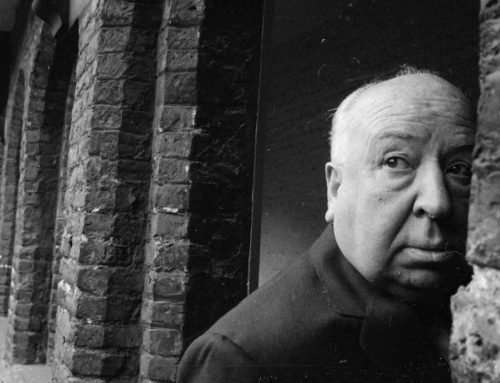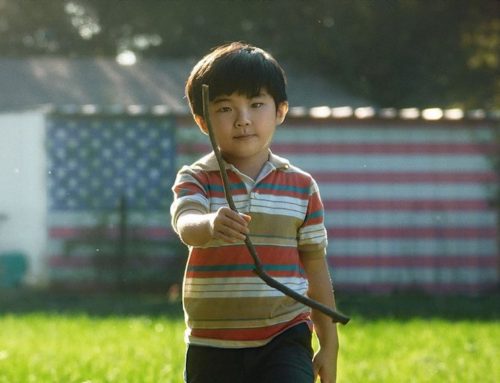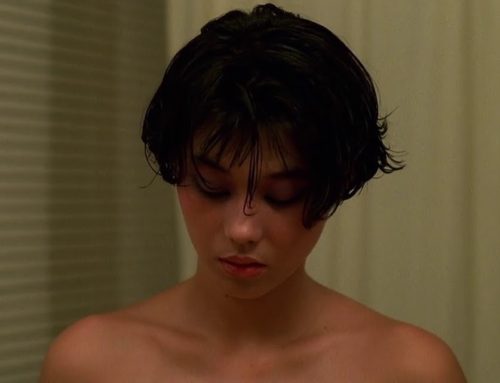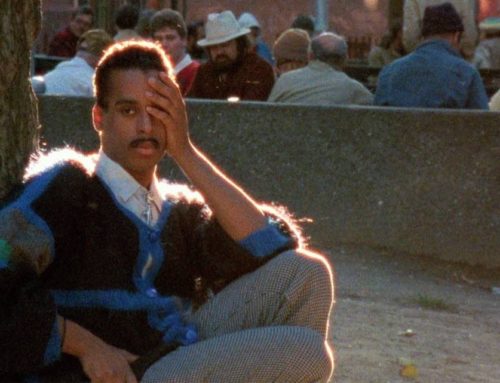Technical advancement in film technology never seems to cease, the newest advancement being accepted by festivals is virtual reality (VR) and 360° films. From the perspective of a filmmaker does this new technology allow one to expand on the world of the film, to allow the audience to truly experience the film as the characters. Virtual reality has become big in the last year with brands like Sony introducing the technology into their video games. The popularity of VR in video games lies with allowing the gamer to truly play the game and be a part of it by escaping the real world.
Film is a form of escapism itself, it allows audiences to escape the real world and be absorbed in the world of the film, so surely VR would intensify this feeling. However, a concern would lie in who the audience would be. Virtual reality gaming allows the player to be the character one would play as in a game such as a first person shooter like Call Of Duty. A film isn’t in the first person for a majority of it, there are moments where you see the world from the point of view of the main character but for the most part you see the film from the perspective of an all-seeing eye. From this point it is hard to see VR working positively for an audience, so film itself may have to change in order to fit this new technology.
In a similar way to how 3D is not necessary for all genres, one could argue that filmmakers should evaluate whether their films suit this technology as not all films will. Audiences could easily turn against films if they feel as though the use of VR is not necessary, much like when 3D is seen as pointless or not outstanding for audiences. In a film like Hardcore Henry (Naishuller, 2015) that did not stand out past its use of 1st person perspective, gaining a low score of 49% on RottenTomatoes and 51% on Metacritic, the use of VR or 360° technology would have most likely have enhanced the experience of seeing this film. Whereas a film like The Girl on the Train (Taylor, 2016) would mostly likely be hindered by such technology as it is simply unnecessary much like 3D would have been.
This technology is a wonderful advancement in film and if used correctly will most likely create some very visually stunning films that really make the escapism of film a reality in some sense. However, I would hope that filmmakers do not get carried away with it much like when 3D first became big, and accepted in more art worthy films. In the case of VR or 360° being a help or hindrance to the world of filmmaking, I personally would say that it will help the film industry to act creatively with the aid of this new technology. As I believe that people will want to do something unique and creative with a technology that has only just started being used for narrative film making. If done correctly this technology will shine and create art, although if used unnecessarily this technology could become the lowest point of some films and be a major hindrance on the film using it.
‘Virtual reality and 360° films, help or hindrance?’ is an article written by Bethany Crow. You can read more articles written by Bethany on her film and TV blog.





